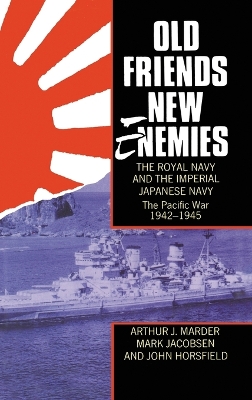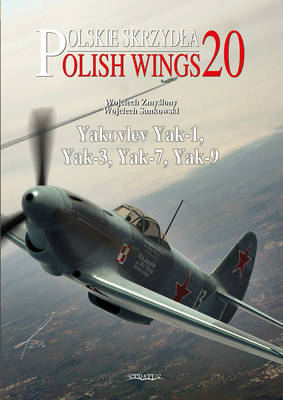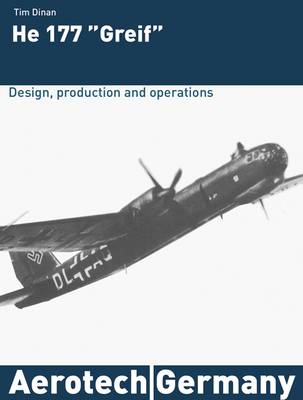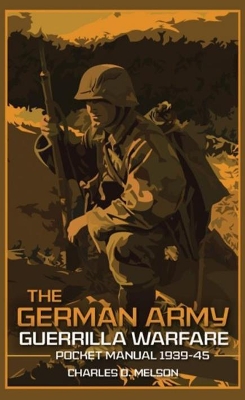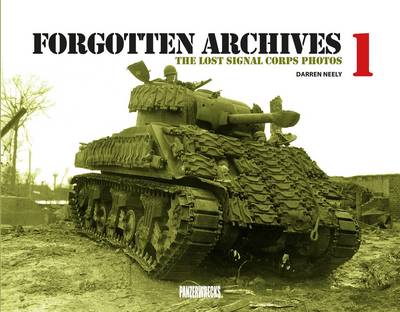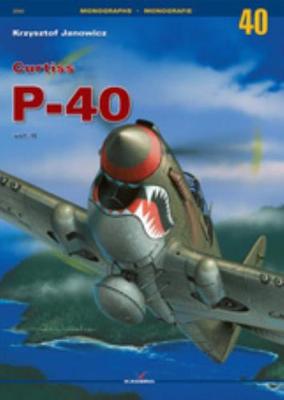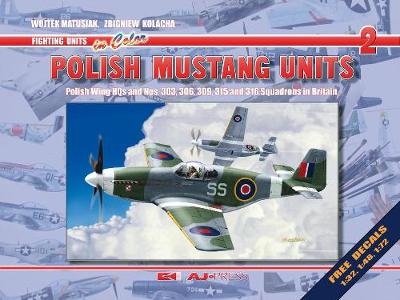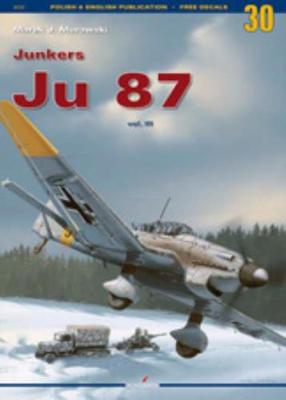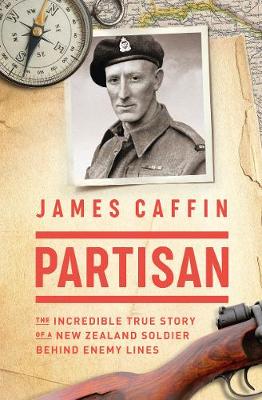Odyssey of a Bombardier is the illustrated Prisoner of War "log" that depicts the experiences of bombardier Richard M. Mason in German prison camps after his B-17 "Flying Fortress" was shot down by the Germans in France in 1944, the final year of World War II. The log follows Mason from the day his plane crashed until his liberation in April, 1945, and his return home to the United States. Included are such topics as medical treatment and rehabilitation for wounded prisoners of the Germans, life...
Old Friends, New Enemies. The Royal Navy and the Imperial Japanese Navy
by Arthur J Marder, Mark Jacobsen, and John Horsfield
This first scholarly account of the Royal Navy in the Pacific War is a companion volume to Arthur Marder's Old Friends, New Enemies: Strategic Illusions, 1936-1941 (0-19-822604-7, OP). Picking up the story at the nadir of British naval fortunes - `everywhere weak and naked', in Churchill's phrase - it examines the Royal Navy's role in events from 1942 to the Japanese surrender in August 1945. Drawing on both British and Japanese sources and personal accounts by participants, the authors vividly...
Polish Wings 20: Yakovlev Yak-1, Yak-3, Yak-7, Yak-9
by Wojciech Zmyslony and Wojciech Sankowski
This new book in the popular Polish Wings series tells the story of the most famous family of Soviet fighter aircraft. It covers Yak-1, Yak-3, Yak-7 and Yak-9 deployed in the Polish Air Force during WWII and in late 40s. The Yakovlev Yak-1 was a World War II Soviet fighter aircraft, produced from early 1940, a single-seat monoplane with a composite structure and wooden wings. The Yak-1 was extremely manoeuvrable, fast and well armed, and, just as importantly, it was easy to maintain and reliable...
'The Struggle' is a very readable account of an interesting life. The author was born in a rather poor peasant family in Poland. Through his own effort he made his way into the elite, becoming an officer and a fighter pilot of the Polish Air Force. During World War II he was among thousands of Polish airmen who came to Britain to fight the Germans, eventually rising to command a fighter squadron. After the war he was among thousands of Poles who settled in Britain, unable to return to their oppr...
The Heinkel He 177 Grief (Griffin) was Germany's only purpose-built heavy long-range bomber that made it into series production during World War II. This book tells the story of the design, development, production and operational use of the mysterious aircraft.
The German Army Guerrilla Warfare Pocket Manual 1939–45 (Pocket Manual)
by Charles Melson
While small wars are not new, how they should be fought by a modern industrial nation is still very much a matter for debate. It is thus worth paying heed now, to the experiences of another power which once encountered the same problems. This pocket manual examines German analysis of the problem, covering experiences from the Napoleonic era to the Third Reich, based upon the historical analysis, Kleinkrieg, provided to the German High Command by Arthur Ehrhardt in 1935 (republished in 1942 and 1...
The 344 days of combat of the 88th Infantry Division were part of the bitterly contested struggle for supremacy in Italy during the Second World War. Here is the gripping story of the first selective service division committed to battle in the European Theater, seen from the unique vantage point of a battalion physician. Using notes hastily scribbled on the backs of maps and finished out whenever he was rotated to rear areas for rest, Dr. Klaus Huebner captured in his diary the frustration, fea...
As a young man Sydney Bolt witnessed some of the most remarkable events in recent world history. He reached India at a time when the Japanese armed forces were powering through Southeast Asia and dealing a humiliating blow to European colonial empires from which they would never recover. His memoir covers the period of the rise of nationalist revolt in India and the climax of Gandhi's civil disobedience movement. He was on the Burma front as British and Indian armies began finally to push the Ja...
The second part of a monograph on Curtiss P-40 constitutes a thorough insight into their utility in air warfare in the Pacific and CBI. Starting with the actions of legendary`Flying Tigers’ over China and Burma, the author discusses the battles over Malaya, the Philippines, Australia, the Solomon Islands and Rabaul together with the defence of the Aleutian Islands, the comeback to China and the breakthrough in New Guinea, featuring the operations of the RAAF and the RNZAF units equipped with P...
This highly detailed modeller's reference contains not only multi-view colour profiles of aircraft, but also photographs of inscriptions, badges, markings and the pilots themselves with their historic planes which flew above the Western Fronts in World War II. This series is designed specifically for modellers and history enthusiasts. Included here are a lot of rare and previously unpublished photographs, painstakingly collected by historians and pilots'families to be presented here for the fi...
The third part of a monograph on Junkers Ju 87 constitutes a thorough insight into the combat use of Luftwaffe units of Ju 87s in air warfare in North Africa, the Mediterranean and on the Eastern Front. The`Stuka’ actions over Russia featured brilliant triumphs and significant losses. A large part of this chapter is devoted to the actions of Hans-Urlich Rudel. The night ground attack missions in Western Europe, Russia and Italy are also covered. The book features a short description of Ju 87 i...
For the British, the Battle of the Atlantic was a fight for survival, as they depended entirely upon the safe transit of hundreds of convoys of merchant ships laden with food, raw materials and munitions from America to feed the country and to keep the war effort going. The ultimate success of these convoys is much more than the triumph of one side's naval technology over the other, or of the revelations of the enemy's encoded orders assiduously teased out by the brilliant young decrypters at Bl...
On June 22, 1941, Hitler invaded the Soviet Union in Operation Barbarossa, one of the turning points of World War II. Within six months, the invasion bogged down at the gates of Moscow, and the Eastern Front proved to be the decisive theater in the defeat of the Third Reich. Ever since, most historians have agreed that this was one of Hitler's great mistakes. In Hitler's Great Gamble, James Ellman argues that Barbarossa was a gamble, but that it was not doomed from the start: that it was a reaso...
The Paratrooper Training Pocket Manual 1939–1945 (Pocket Manual)
by Chris McNab
Airborne assault was one of the great innovations of the 1930s and 1940s, adding a new ‘vertical’ dimension to infantry warfare. By the onset of World War II in 1939, Germany, Italy, and Russia were already advanced in their development of paratrooper units. Germany in particular demonstrated the tactical shock of paratroopers in Western Europe in 1940 and, most spectacularly, in Crete in 1941, galvanizing the UK and the United States to expand and train their own airborne forces, which they unl...


